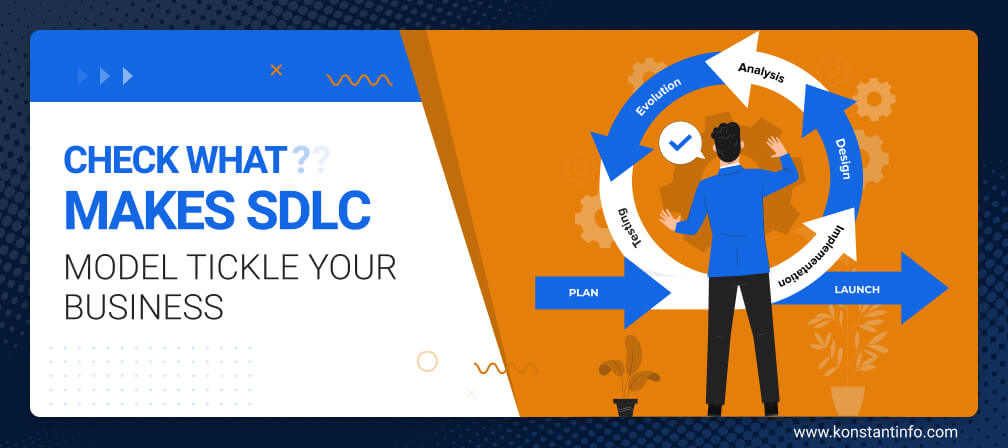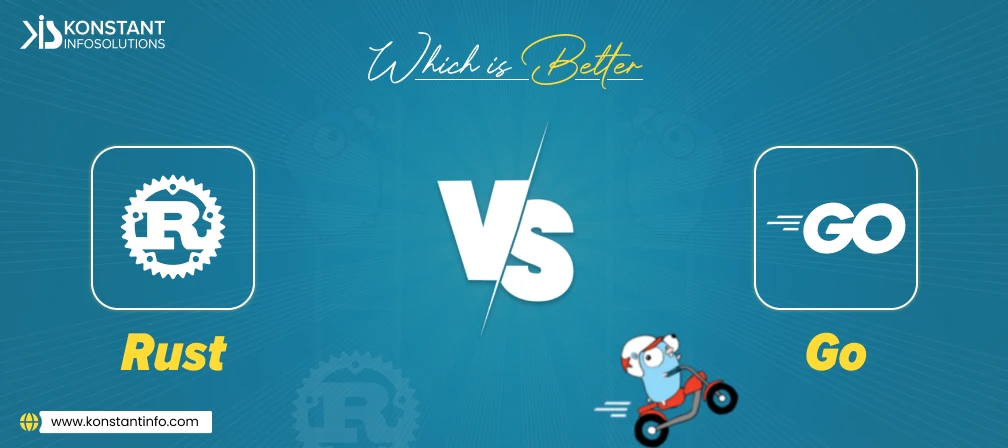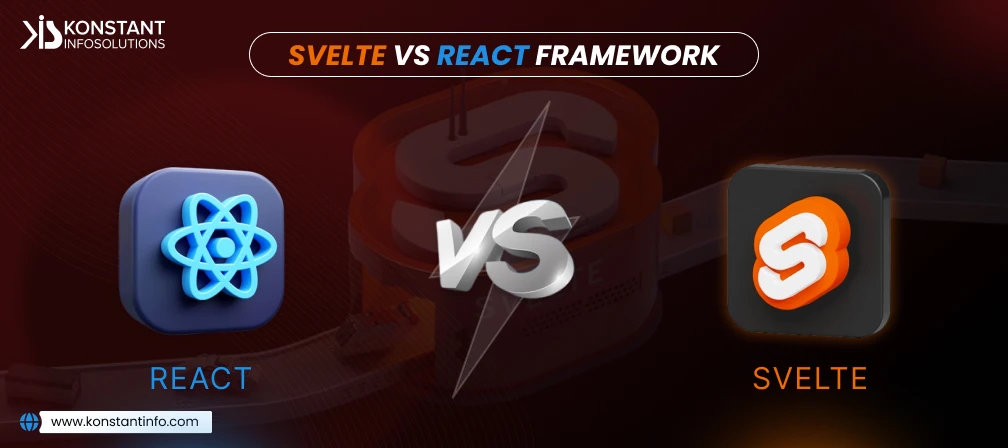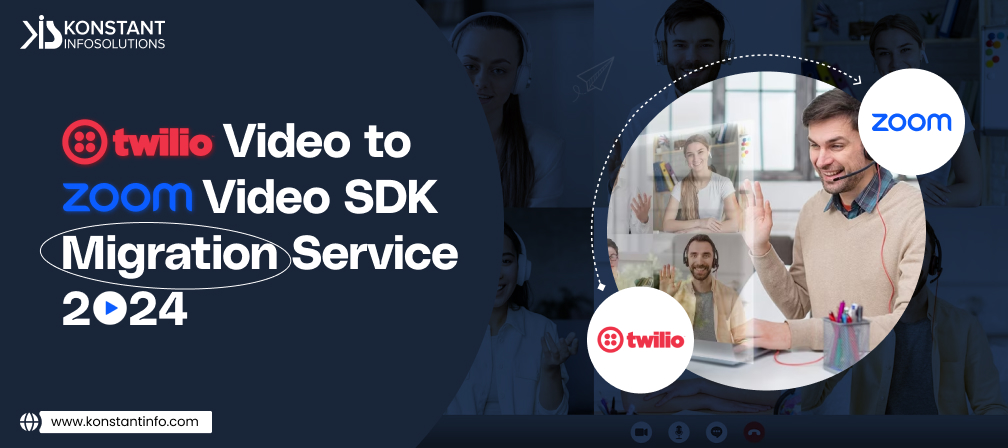
Table of Contents
As software continues becoming complex, manual reviews are not possible with slower change cycles and simpler code. Now advancement in hardware, software, and user experience (UX) massively increases the volume and complexity of code;
SDLC also amalgamates continuous integration (to add code to an existing code base), continuous deployment (to move new code into production), development, and operations that work closely together in an Agile environment.
SDLC is a process that a company follows during the lifespan of a web or mobile project. The increasing volume of code and the faster version cycles accompany security and testing in the entire life span. The involved technology can rapidly process code while increasing the accuracy of the test results. If followed procedurally, SDLC is accountable for lower risk and faster cycles.
SDLC functions even if you move to the cloud. The accessibility and scalability of cloud applications help push CI/CD and DevOps. It requires an understanding that the needs of the market and the technological advances require a faster response. It requires you to include operations consistently in the design and development process. Also, the developers are involved in the actual product usage. Additionally, the upgrade cycles must be regular, frequent, and rapid.
SDLC supports CI/CD by scaling the performance, cloud computing and increasing analytics. It results in better data analysis in a timeframe that supports modern – rapid – development – deployment models.
Software development life cycle acts as a roadmap in the project initiation – coding – deployment:
The traditional SDLC is changing, giving way to a modern and better approach to application development. Different SDLC Models like Waterfall model, Agile Methodology, Spiral Model, Rapid Application Development (RAD), Extreme Programming (XP), Crystal Methods, Dynamic Systems Development Model (DSDM), Feature Driven Development (FDD), Lean Development (LD), Joint Application Development (JAD), Rational Unified Process (RUP), V-Model, Incremental Model, Iterative Model, and Prototype Model – are no more involved with managing coding projects. But it means more code, much faster and far more people involved earlier in the lifecycle.
Agile Methodology/Agile Software Development Approach, one of the best and most successful software development lifecycle approaches, plays a large part in managing the SDLC. The entire process is carried out in simple steps or iterations, wherein the output of every step/phase is deliverable in it and can be used and tested at the user’s end. It resolves bugs at any stage without moving on further to the next level of the software development lifecycle.
The agile approach is similar to the prototyping method as it reduces the time required to present basic structures of the software with the help of sprints or iterations. The product/software is not final until it fulfills the requirements of all stakeholders. It does not require compliance – (1) testing, (2) documentation, (3) involving users at every stage. It resolves any bugs during the earlier stages, saving time, effort, and resources.
Programming is a craft – made up of engineering and art. It combines the flexibility, scalability and complexity of modern systems for efficient development. Developers require linking existing processes, help them create trustworthy software and perform at needed levels. It can also turn intelligent to help manage the advanced challenges of modern applications. If you find it insightful, discuss your app development requirements with us.



Manish Jain is the co-founder and Managing Director at Konstant Infosolutions. He is responsible for the overall operations of the company and has played a major role in bringing Konstant up from its humble beginnings and, with his immense energy and drive, transforming it into a globally trusted name in IT solutions.
Or send us an email at: [email protected]